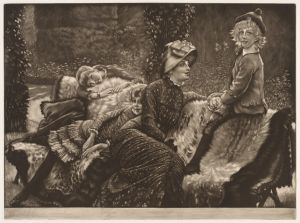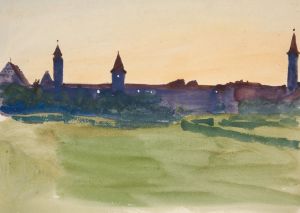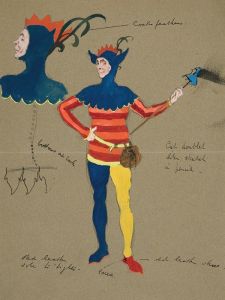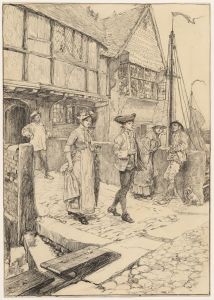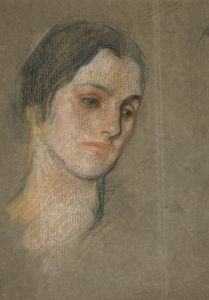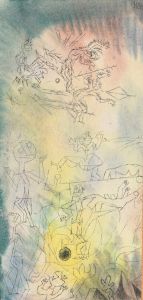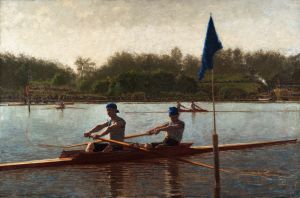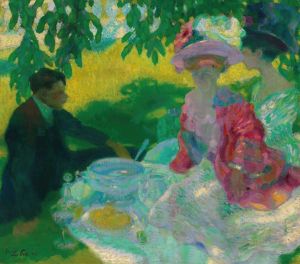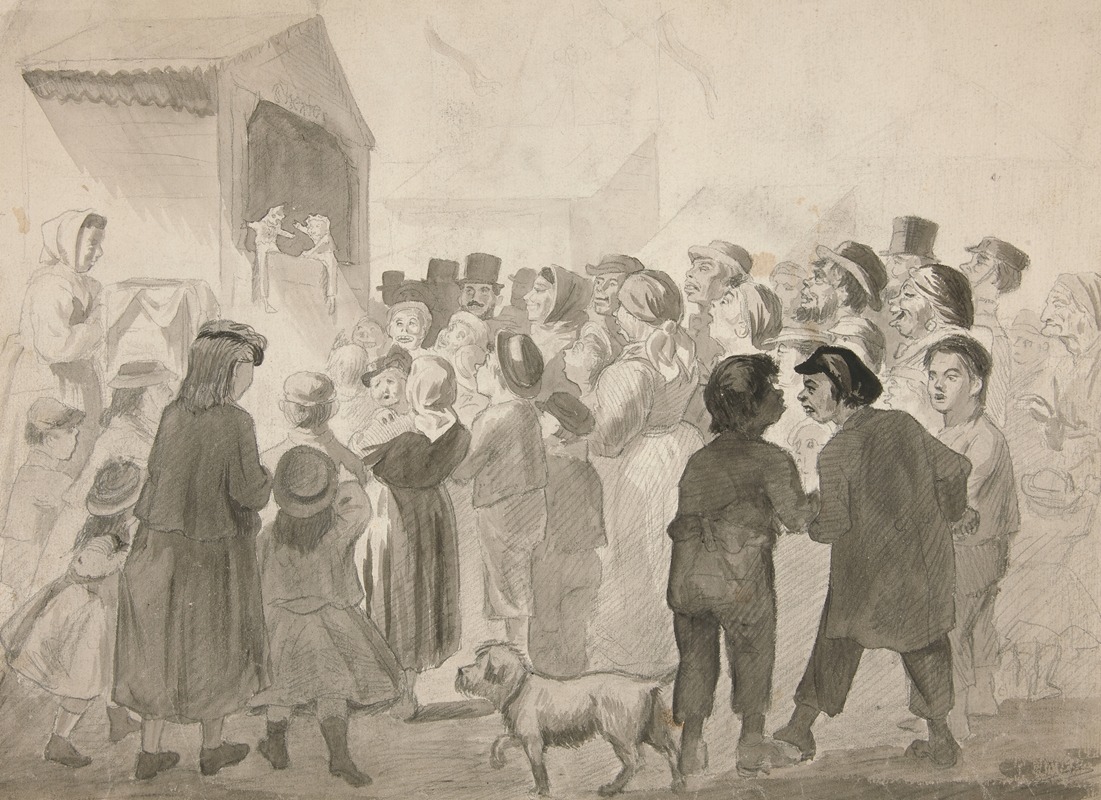
Crowd Scene
A hand-painted replica of Edwin Austin Abbey’s masterpiece Crowd Scene, meticulously crafted by professional artists to capture the true essence of the original. Each piece is created with museum-quality canvas and rare mineral pigments, carefully painted by experienced artists with delicate brushstrokes and rich, layered colors to perfectly recreate the texture of the original artwork. Unlike machine-printed reproductions, this hand-painted version brings the painting to life, infused with the artist’s emotions and skill in every stroke. Whether for personal collection or home decoration, it instantly elevates the artistic atmosphere of any space.
Edwin Austin Abbey was an American artist known for his illustrations and paintings, particularly those with historical and literary themes. One of his notable works is "Crowd Scene," which, like many of Abbey's works, reflects his interest in historical accuracy and detail. Abbey was born in 1852 in Philadelphia, Pennsylvania, and he began his career as an illustrator for magazines such as Harper's Weekly. His work often depicted scenes from Shakespearean plays, English history, and literature, which were popular themes during the late 19th and early 20th centuries.
"Abbey's Crowd Scene" is a testament to his skill in capturing the essence of a moment through the depiction of numerous figures, each with distinct expressions and postures. This painting, like many of Abbey's works, is characterized by its meticulous attention to detail and the ability to convey a narrative through visual means. Abbey's training and experience as an illustrator are evident in his ability to organize complex compositions and guide the viewer's eye through the scene.
Abbey moved to England in 1878, where he spent much of his career. His time in England greatly influenced his work, as he was surrounded by the rich history and culture that often served as subjects for his paintings. Abbey was known for his dedication to historical accuracy, often conducting extensive research to ensure that the costumes, architecture, and other elements in his paintings were true to the period he was depicting.
In addition to his paintings, Abbey was also a muralist. One of his most significant commissions was the series of murals for the Boston Public Library, which depicted scenes from the legend of the Holy Grail. This project further cemented his reputation as an artist capable of handling large-scale works with complex narratives.
Abbey's work, including "Crowd Scene," is often noted for its vibrant use of color and light, which adds to the drama and emotion of the scene. His ability to capture the subtleties of human expression and interaction is a hallmark of his style. Abbey's paintings are part of various public and private collections, and his contributions to art have been recognized by institutions such as the Royal Academy of Arts in London, where he was elected as a member.
While specific details about the painting "Crowd Scene" itself, such as its current location or the exact historical event it depicts, may not be widely documented, it remains an example of Abbey's skill in creating dynamic and engaging compositions. Abbey's legacy as an artist is marked by his ability to bring historical and literary subjects to life, making them accessible and engaging to audiences of his time and beyond. His work continues to be studied and appreciated for its artistic merit and historical significance.





